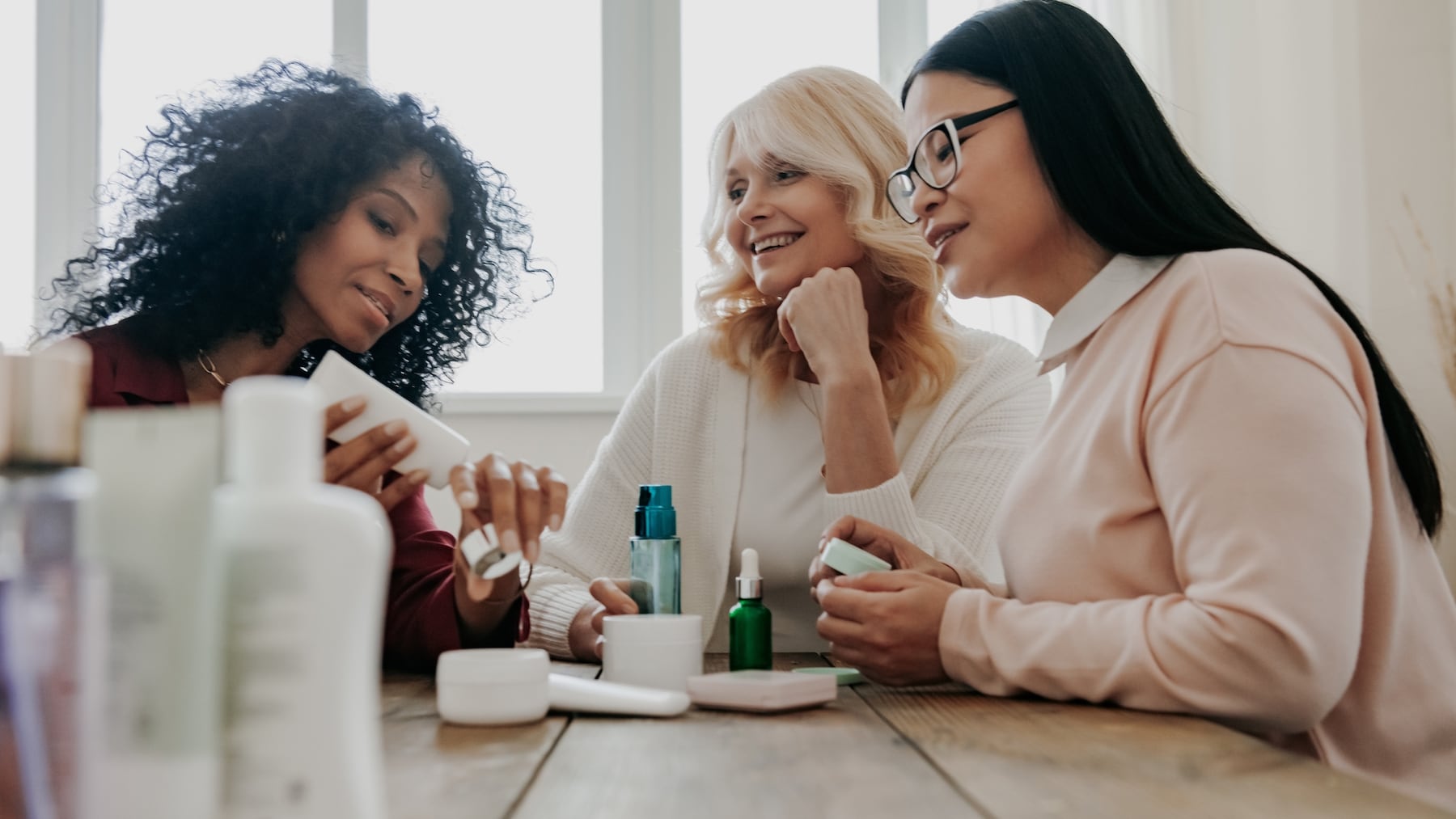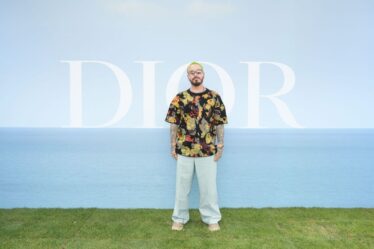
These days, if you want to sell skincare, you need the claims to back it up.
Claims purport what exactly a product can or should do for the wearer’s skin — the way Tatcha, for instance, says its Dewy Skin cream “instantly plumps with 3x hydration and a dewy glow” or how Drunk Elephant states that its C-Firma Fresh Day serum “noticeably diminishes the appearance of signs of ageing and photodamage.” Usually backed by a clinical study, they “lend [products] an aura of credibility,” said Liz Whitman, a beauty executive who launched a “clinical-grade” skincare brand called Exponent, and are meant to give shoppers an informed reason to click purchase.
They’re especially important today, when beauty consumers are more aware of the ingredients in their skincare than ever before; they want efficacious products, and with that, brands are finding ways to convince customers that their offerings measure up. About 92 percent of consumers say results are their primary motivation for making a skincare purchase, according to figures from Circana.
Where these claims come from, however, is more complicated. They predominantly originate from an invisible constellation of third-party manufacturers, who will perform the tests and produce the white papers as a B2B service. But there is no set standard for efficacy testing, which means that many tests end up with small sample sizes, are done in a short amount of time, and may not include no human subjects at all. When claims can be generated for a couple thousand dollars, brands are less than incentivised to conduct clinical trials, which provide the best results, but the cost of which can stretch into the low six figures.
But the distinction between claims that are backed by cheaply-done studies, and those substantiated with more expensive, rigorous clinical data isn’t always clear, particularly to those they’re intended for.
“Consumers aren’t aware of the differences. It’s not their fault, I’m sure they would, but it’s just all so designed to be confusing,” said Whitman.
A decade ago, it was unimaginable that so many consumers would understand the difference between alpha and beta hydroxy acids. Soon, the smart beauty shopper may demand more from their claims, too. Brands today must navigate how they can put out data they can stand behind while minding the realities of their budget.
What sorts of tests do beauty brands conduct to get claims — and how much do they cost?
The cost of a study depends on many factors: how long it takes, how many people in the sample size, what sort of experts are involved and how they’re measuring the impact on the skin. The intended audience also matters — is it for mature skin, or for newborns? — and the desired result — does it hydrate, or brighten? — until a specific plan is in place. It’s relatively easy to see improvements in skin hydration, for instance, explained Julian Sass, a PhD and cosmetic chemist based in Montréal, while hyperpigmentation is harder to measure.
Sass frequently consults with brands big and small during what he calls the “substantiation process,” and admitted that “a lot of brands won’t do these tests because they’re expensive.” He begins by asking clients, “What do you want to be able to say?” Then he’ll present a range of options tiered by price.
At the highest end, there are clinical studies, which rely on expert supervision and span weeks of observation. For ironclad independent claims on a wrinkle cream, Sass recently worked on a trial of a single product that cost a brand around $80,000. Whitman said that a 4-week clinical test on 30 subjects with before and after pictures cost about $25,000 per SKU; she tested five. They’re undeniably the most valuable for brands and consumers, but because of that cost, they’re less popular. When Whitman surveyed 500 “top-selling, performance-driven” skincare products, she found that less than 20 percent were supported by clinical claims.
Instead, most brands choose to lean on consumer perception studies, which Sass said are “table stakes” in the industry. These studies rely on the reports of consumer testers, and can be performed for less than $10,000 — but are the most susceptible to bias.
“I mostly use these for claims that are not really scientific,” said Sara Jakaj, an efficacy studies specialist for the UK-based testing firm CE Way. “For example, the client wants to claim shiny hair. It’s not something that can be measured.” CE Way doesn’t conduct clinicals, in part because they take too long.
Jakaj will receive samples of a product, cast 20 participants, and take biophysical measurements on qualities like skin’s moisture level before and after the period, for about €1,500 (about $1,700). Some brands may economise by forming sample groups from engaged audience members.
How can brands decide what tests are worth it for them?
The lack of a uniform system means that brands are running all sorts of different tests, and can claim results even if their test is more limited. If a sample size, for example, is limited to a small number of people, that’s usually only disclosed in small print next to an asterisk at the bottom of a webpage.
One brand Sass worked with, for instance, had a “really quick turnaround” timeline of just a few weeks for a clinical test. They did an in vitro study, where a product is observed for a few days in a laboratory to glean information about how it performs on skin, rather than tested on individuals who report back their findings. Sometimes, claims simply rely on tests done on raw ingredients, rather than engaging a new test of their individual product. (“Contains rareberry, clinically proven to…”)
The variety of options and lack of a set standard means that it’s relatively easy for brands to get away with cheaping out on studies. But strong claims are especially useful for smaller brands, who may need to do more to prove their mettle.
Eric Hill, a business development manager who covers health and beauty testing for UL Solutions, has seen the importance of claims rise, especially as consumers move away from megabrands to patronise indie labels. “People have much more willingness to trust in [new brands] than they used to,” said Hill. That is, if they can secure that trust.
For this reason, startups are finding tests to be a worthy investment. Tower28 performed multiple tests to support its collection-wide claim that it’s suited for sensitive skin — the reason founder Amy Liu launched the brand in the first place.
“The thing that matters the most is that your product lives up to the expectation that you’re setting for it,” Liu said. Still, to keep costs manageable, Liu cut a deal with a tester to keep her costs for each in the low five figures.
A legacy brand like L’Oréal-owned CeraVe, meanwhile, has more resources and as such, “every test plan is tailored to each product,” explained Nada Baalbaki, global scientific director for CeraVe. But even they tap third-party help: CeraVe works with a contract research organisations like RBC Consultants, which provides data to several brands under the L’Oréal Dermatologic Group umbrella.
At the end of the day, it’s all in service of proving that a particular product delivers on its promise.
“I’ve tried so many peptide creams,” Sass said wearily, of the trendy plumping ingredient. “Now, I don’t buy them unless they have clinical results.”
Sign up to The Business of Beauty newsletter, your complimentary, must-read source for the day’s most important beauty and wellness news and analysis.



